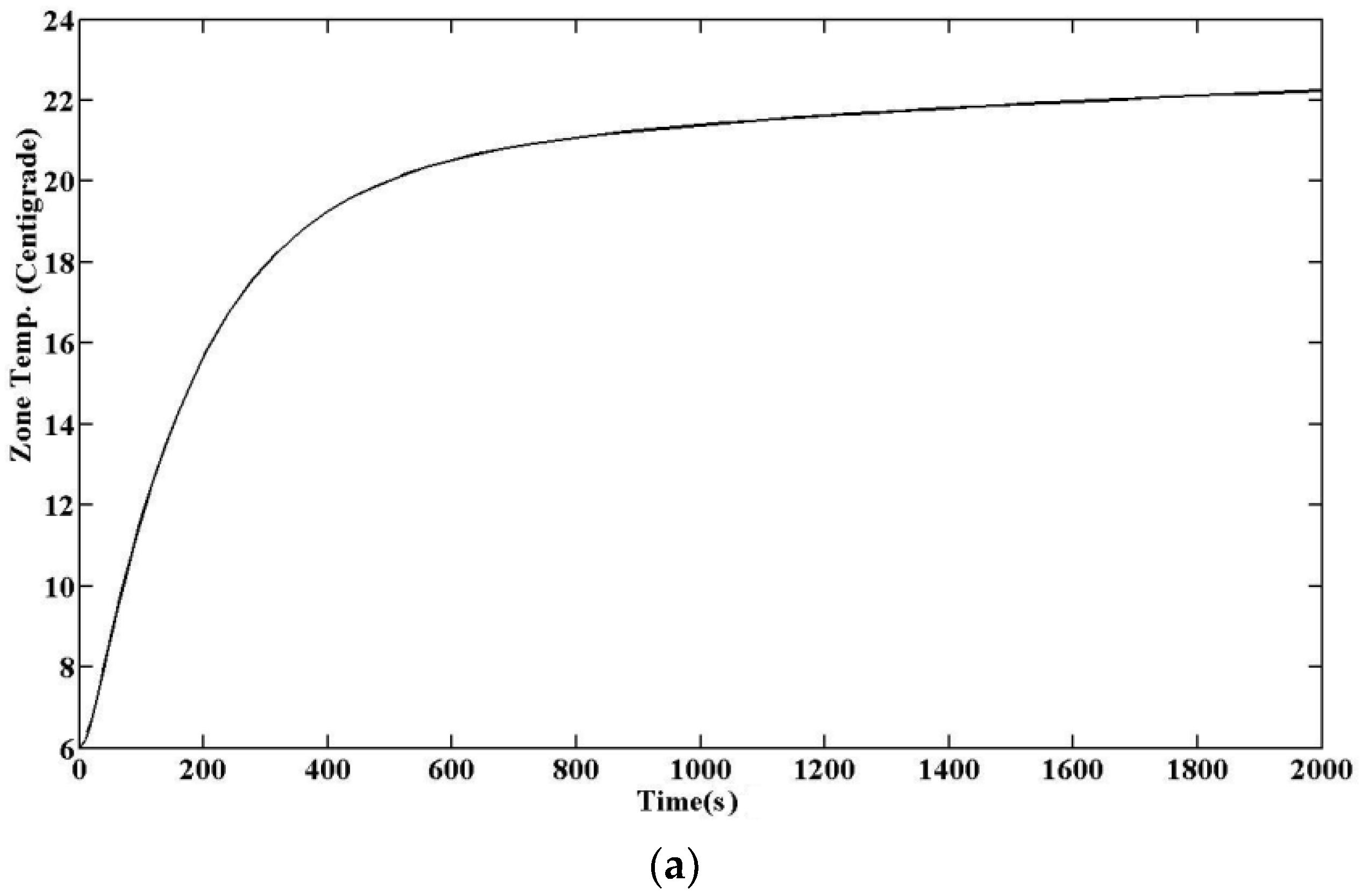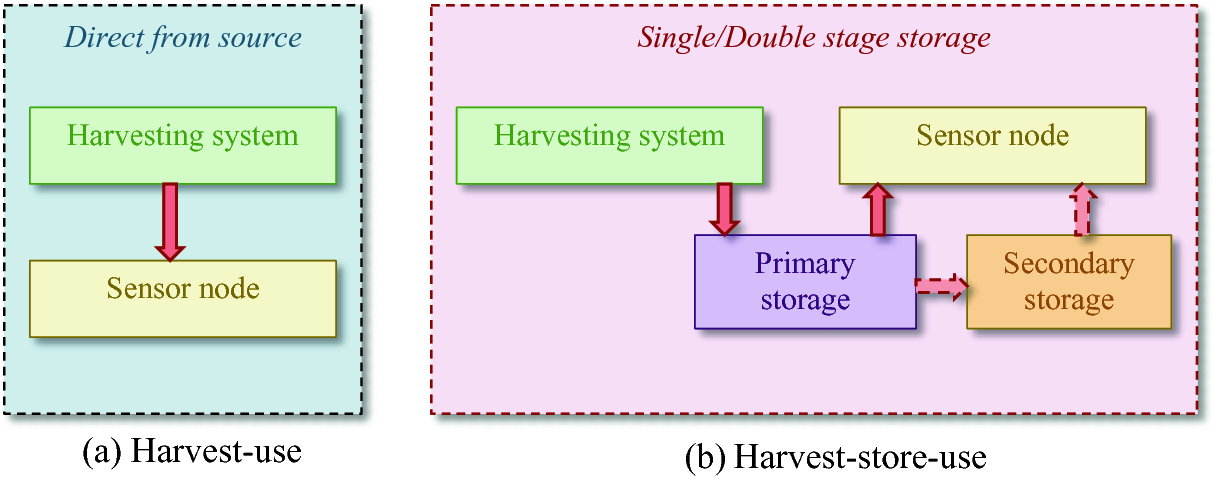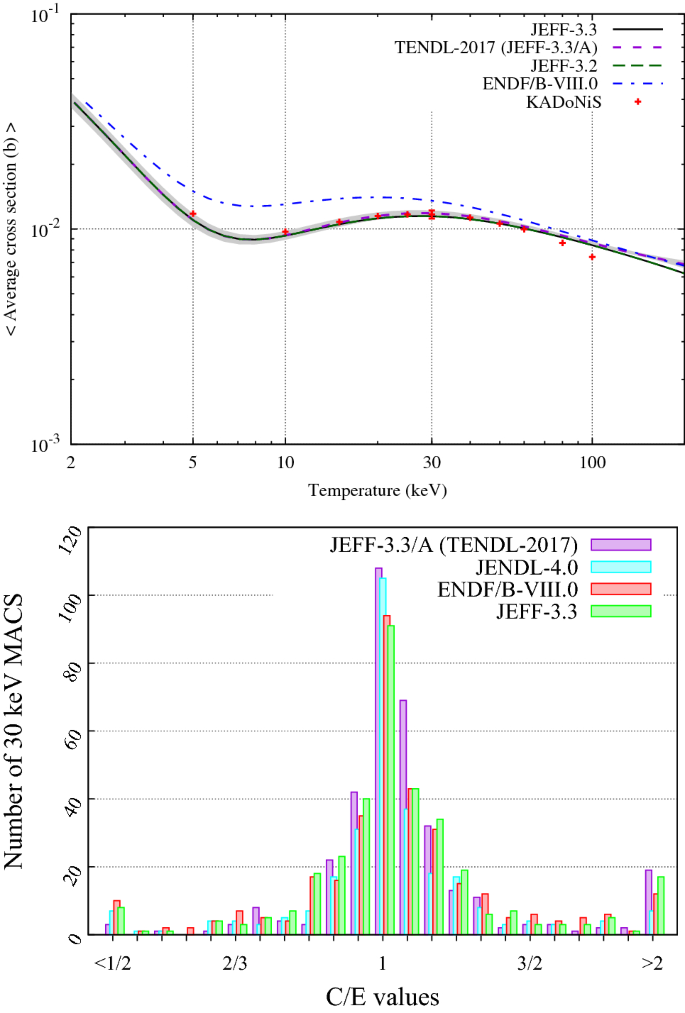Linear or nonlinear. A second order ODE is said to be linear if it can be written in the form a(t) d2y dt2 +b(t) dy dt +c(t)y = f(t), (1.8) where the coefficients a(t), b(t) & c(t) can, in general, be functions of t. An equation that is not linear is said to be nonlinear. Note that linear ODEs are characterised by two properties. 9.2 Nonlinear Regression Models 162 9.2.1 Assumptions of the Nonlinear Regression Model 163 9.2.2 The Orthogonality Condition and the Sum of Squares 164 9.2.3 The Linearized Regression 165 9.2.4 Large Sample Properties of the Nonlinear Least Squares Estimator 167 9.2.5 Computing the Nonlinear Least Squares Estimator 169 9.3 Applications 171. In most computer display systems, images are encoded with a gamma of about 0.45 and decoded with the reciprocal gamma of 2.2. A notable exception, until the release of Mac OS X 10.6 (Snow Leopard) in September 2009, were Macintosh computers, which encoded with a gamma of 0.55 and decoded with a gamma of 1.8.
On this page there is a set of ICC profiles, also knows as ICM profiles. These have been created from the data on Bruce Lindbloom's site, as well as information from Adobe, using the little cms toolkit.
Profiles tell you system how to display colors - they contain three key pieces of information:

- An exact definition of what the gamut of the color space is - in simple terms, what exact shade of red the R component is, the G component, etc
- A white point - these are often specified as a 'D number', one of the CIE standard illuminants e.g., D65 (6500K, overcast daylight) or D55(5500K, warm daylight)
- A Gamma curve - the way that we see light is non-linear, and many color systems mimic this
You can use these profiles in a number of ways:
- If you have a raw developer program, such as Capture One, that directly supports ICC profiles, you can load and use these directly. So, for example, if under Capture One you wanted the screen readouts to be in WideGamut, you would just load WideGamut.icc as the output profile.
- You can also convert color on the Mac by using the ColorSync utility's calculator; just select the appropriate profile in the calculator screen.
The profiles are in a single ZIP file, ICCProfiles.zip.
The root of the Zip file has the following profiles:

AppleRGB.icc

CIERGB.icc
MelissaRGB.icc
ProPhoto.icc
WideGamut.icc

The MelissaRGB profile deserves some explanation. Melissa RGB is not an 'official' color space, but is the combination of the ProPhoto color space, with an sRGB gamma curve. It's important because Melissa RGB is what Lightroom uses for its readouts. Specifically, the RGB values you get as Lightroom readouts are in this space. Note that the Melissa RGB profile I'm providing here has the real sRGB gamma curve. The sRGB gamma is close to a 2.2 gamma, but is linear at low values. So, if you take a readout of the darkest patch of the GretagMacBeth chart, there is is about a 1.5% difference between the reading using ProPhoto at a 2.2 gamma and a true Melissa RGB profile.
I also provide some alternate profiles in the 'Alternate' directory of the ZIP. This includes a 'ProPhoto gamma 2.2' file, for those that want to compare to the Melissa RGB version. These are all either at different to normal gammas, or different to normal white points:
2.2 Linear And Nonlinear Relationsmr. Mac's Page Example
MelissaRGBD65.icc
ProPhoto22.icc
ProPhoto22D65.icc
ProPhotoD65.icc
sRGB Gamma22.icc
WideGamutD65.icc
2.2 Linear And Nonlinear Relationsmr. Mac's Page Examples
The file names should make the differences clear.
In order to install these profiles, you need to do the following:
- On Windows systems, either just double click, or copy to the WINDOWSsystem32spooldriverscolor directory
- On Macs, copy to the /Users/Library/ColorSync/Profiles folder, or if you want them to have them available to all users and you are an administrator, to the /Library/ColorSync/Profiles folder
Math 234 - Applied Mathematics I - Course Outline, Fall, 2014
This is a tentative outline and will be updated at least 24 hours in advance before each class. Lecture notes are posted under the sections.
Exam 1 – Sept 19 Exam 2 – Oct 8 Exam 3 – Oct 31 Exam 4 – Nov 21
2.2 Linear And Nonlinear Relationsmr. Mac's Page Key
Date | Topic/Section | Assignments |
Aug 27 | Matrix algebra/(8.1)
| Homework 1: Page 362: 5, 9, 11, 13, 17, 21, 23, 29, 37, 38 Turn in the following on Friday, Aug 29 - Page 362: 12, 18, 22(c) |
Aug 29 | Systems of Linear Equations/(8.2)
| Homework 2: Page 375: 3, 5, 9, 11, 15, 21 Turn in the following on Tuesday, Sept 2 - Page 375: Use Gaussian Elimination and Backward Substitution to solve the systems.Specify each elementary row operation and verify each solution: 6,12 (general solutions), 14 |
Sept 1 | Systems of linear equations/(8.2) | |
Sept 2 | Systems of linear equations/(8.2) | Homework 3: |
Sept 3 | Rank of a Matrix/(8.3)
| |
Sept 5 | Rank of a Matrix/(8.3) | |
Sept 8 | Determinants and Properties/(8.4),(8.5)
| |
Sept 9 | Inverse of a Matrix/(8.6)
| |
Sept 10 | Inverse of a Matrix/(8.6) | |
Sept 12 | Cramer's Rule/(8.7)
| |
Sept 15 | Eigenvalue Problem/(8.8)
| |
Sept 16 | Eigenvalue Problem/(8.8) (b) applications | |
Sept 17 | Review for Hour Exam #1: Section (8.1)-(8.8) | |
Sept 19 | ||
Sept 22 | Applications and Uses of Technology
| |
Sept 23 | Definitions and terminology/(1.1)-(1.2) | |
Sept 24 | Solution curves without the solution/(2.1)
| |
Sept 26 | Separable variables/(2.2)
| |
Sept 29 | Linear differential equations/(2.3)
| |
Sept 30 | Exact Equations/(2.4)
| |
Oct 1 | Exact Equations/(2.4) | |
Oct 3 | Solutions by substitutions/(2.5) Lecture Notes on Substitution | |
Oct 6 | Solutions by substitutions/(2.5) | |
Oct 7 | Review for Hour Exam #2: | |
Oct 8 | Hour Exam #2: | |
Oct 10 | No Class (Open House for Parents) | |
Oct 13 | Higher-order differential equations/(3.1) | |
Oct 14 | Reduction of order/(3.2) | |
Oct 15 | Homogeneous linear equations with constant coefficients/(3.3) | |
Oct 17 | Homogeneous linear equations with constant coefficients/(3.3) | |
Oct 20 | Nonhomogeneous linear equations/(3.4) | |
Oct 21 | Nonhomogeneous linear equations/(3.5) | |
Oct 22 | Leadership Day (no class) | |
Oct 24 | Cauchy-Euler equations/(3.6) | |
Oct 27 | Systems of linear differential equations and | |
Oct 28 | Homogeneous Linear Systems/(10.2) | |
Oct 29 | Review for Hour Exam #3 | |
Oct 31 | ||
Nov 3 | Nonhomogeneous linear systems/(10.4) | |
Nov 4 | Election Day (no class) | |
Nov 5 | Laplace transform/(4.1) | |
Nov 7 | Inverse of a Laplace transform/(4.2) | |
Nov 10 | Laplace transform of a derivative/(4.2) | |
Nov 11 | Translation Theorems/(4.3) | |
Nov 12 | Translation Theorems/(4.3) | |
Nov 14 | Translation Theorems/(4.3) | |
Nov 17 | Properties of Laplace Transforms/(4.4) | |
Nov 18 | Properties of Laplace Transforms/(4.4) (b) solving differential-integral equations | |
Nov 19 | Review for Hour Exam #4: | |
Nov 21 | Hour Exam #4: | |
Thanksgiving break! | ||
Dec 1 | Properties of Laplace Transforms/(4.4) | |
Dec 2 | Dirac Delta Functions/(4.5) | |
Dec 3 | Solving differential equations using Laplace Transform/(4.6) | |
Dec 5 | Solving differential equations using Laplace Transform/(4.6) | |
Dec 8 | Solving differential equations using Laplace Transform/(4.6) | |
Dec 9 | Review for final | |
Dec 10 | Review for final | |
Dec 17 | (Wednesday) Final Exam - 1:00pm - 4:00pm |

